'Peaceful and resilient': project shows true face of Somalis
From the boy who wants peace to the activist who lost her legs in a landmine blast, their stories challenge stereotypes. Global Voices report
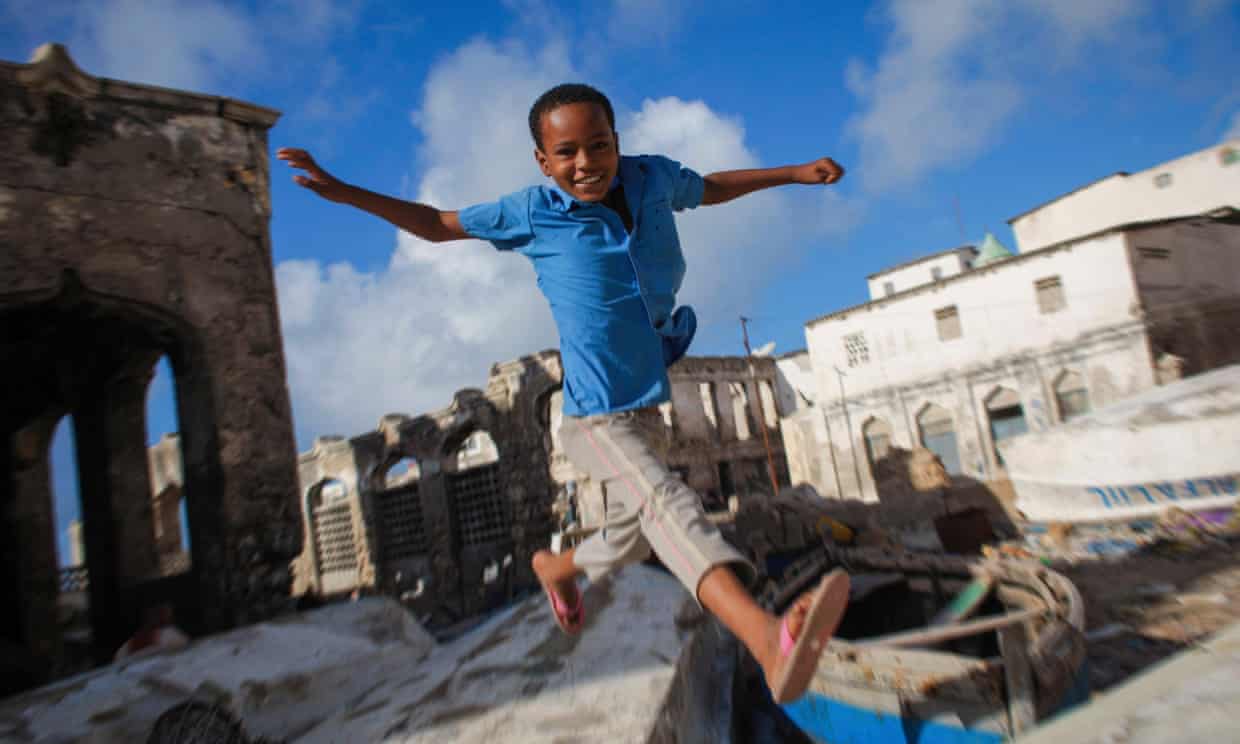
A Somali boy jumps between old fishing boats near Mogadishu’s harbour.
Photograph: Handout/Reuters
Ndesanjo Macha for Global Voices, part of the Africa network
Tuesday 19 April 2016 10.33 EDT Last modified on Tuesday 19 April 2016 12.04 EDT
For many people it is easy to stereotype Somalis as agents of terrorism, annoying refugees, gun-wielding pirates or competing warlords. Not the peaceful, resilient people they really are, say the team behind Somali Faces – an online project highlighting the everyday stories of Somalis around the world.
Ever since the civil war broke out in 1991, millions of Somalis have sought refuge abroad. Some stayed in the region, others made their way to Europe and continue to do so.
On Monday, up to 200 Somali refugees were reported to have drowned in a boat crossing the Mediterranean on the way to Greece.
The United Nations refugee agency said “hopes of greater stability” have led to waves of refugees returning to Somalia, but a further 1 million remain internally displaced, mostly in the south, which has been blighted by violence at the hands of Islamist militant group al-Shabaab.
Loss and hope
Somalis live to tell powerful stories – of loss but also of hope, say the duo behind the project, who have been sharing people’s stories in English and Somali but say they want to withhold their contributors’ names for now.
Donia Jamal Adam is a human rights advocate and campaigner, and Mohammed Ibrahim Shire is an author and PhD student. Both are also amateur photographers.
They have two objectives: to reconstruct the global image of Somalis by challenging tired stereotypes, and to encourage fellow Somalis to rise above tribalism.
Adam and Shire curated the project by visiting and talking to Somalis across the globe, from the residents of the autonomous republic of Somaliland to the diaspora, and found that “every Somali – toddler or a centenarian – has a story to tell”.
The next generation: ‘We’ll make Somalia great again’
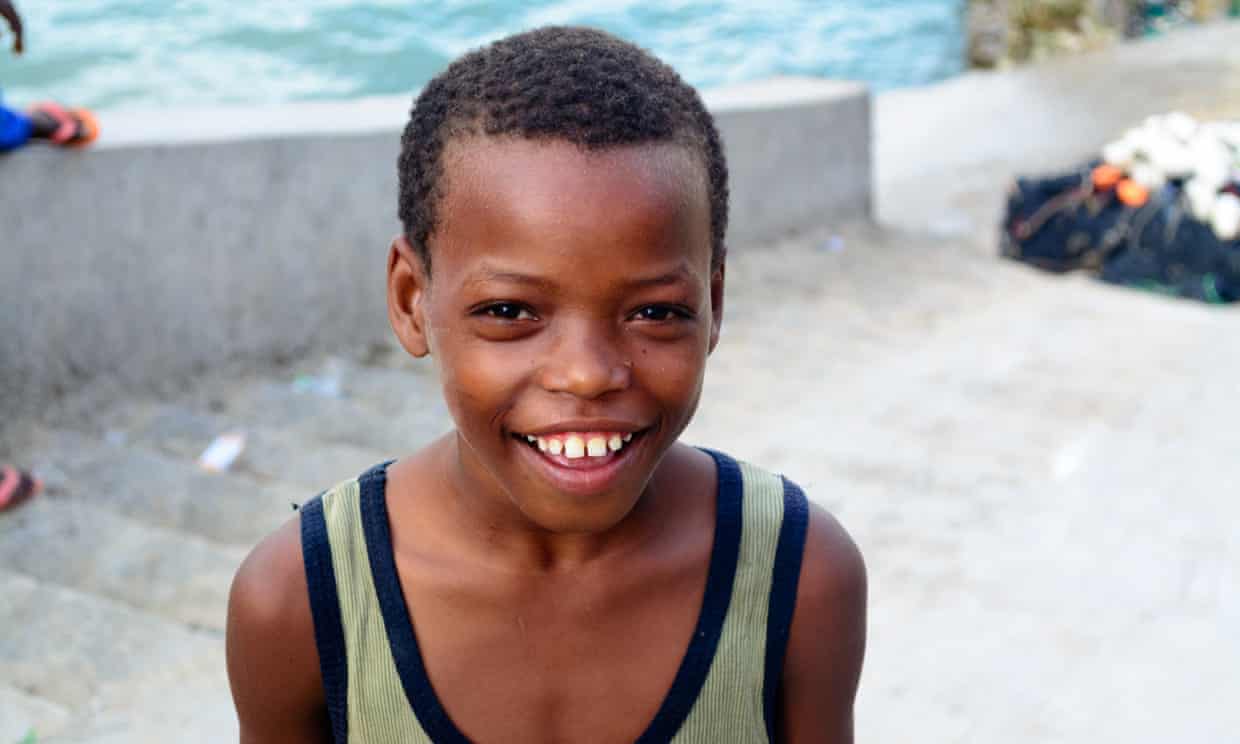
The next generation. Photograph: Somali Faces
My biggest ambition is to make my country great again. I’ve seen pictures of how Somalia used to be before I was born, before the destruction. How could it have disappeared?
I ask myself why I wasn’t born in the generation enjoying peace. Then I think that it can be rebuilt and it makes me smile. I want my generation to be the ones to make Somalia great again. God willing.
Mogadishu, Somalia
The female student: ‘We are are not just baby-making machines’
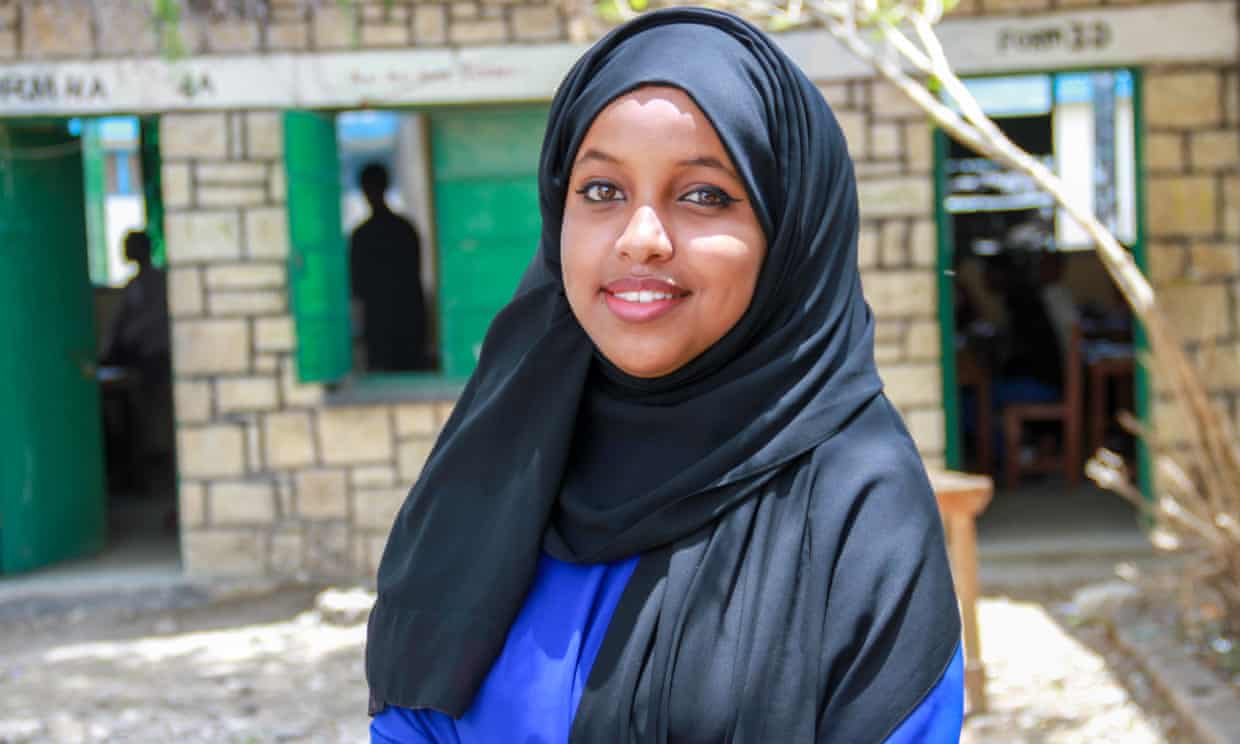
The female student. Photograph: Somali Faces
Somali girls usually follow one of three routes: they shun education and get married young, they risk their lives trying to get to Europe, or waste time until their wedding day.
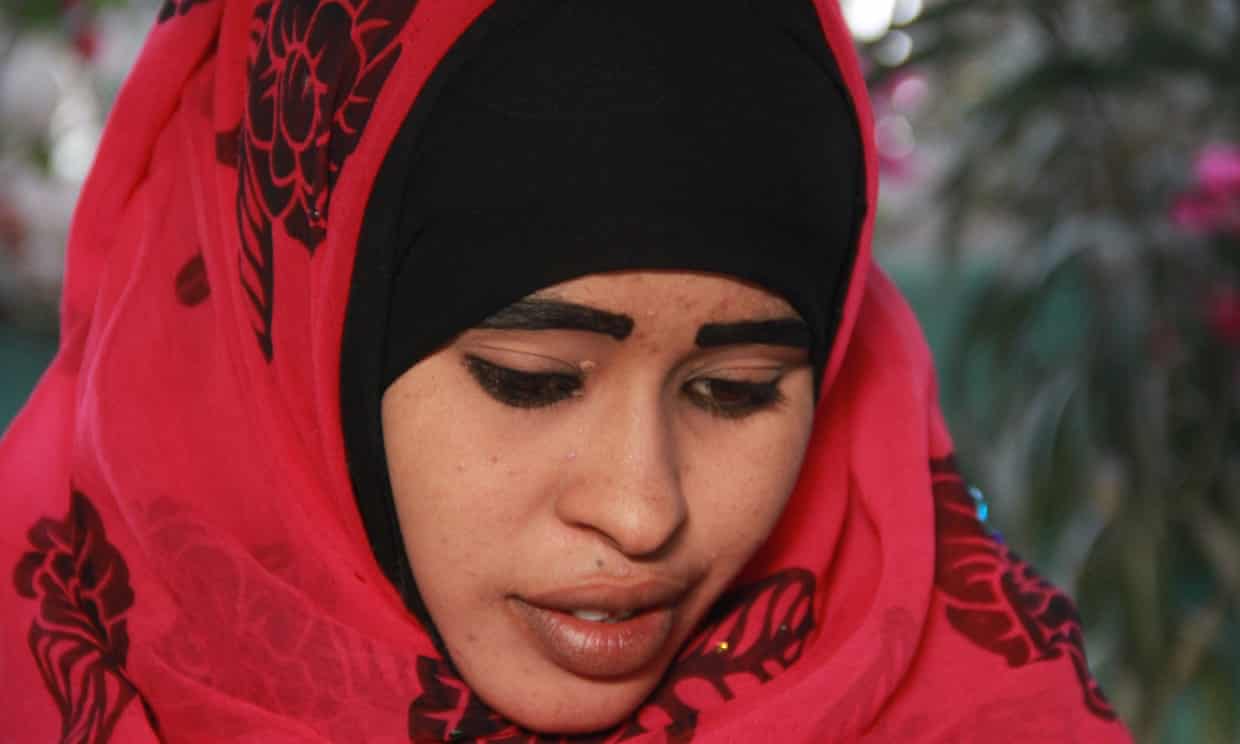
The blind girl. Photograph: Somali Faces
My family, and others I interacted with, didn’t really know how to raise, or approach, a blind girl.
During my younger years, we lived in a village called Higlale, close to a large well, and one morning I accompanied my mother to collect water.
Two figures approached, they turned out to be a distant aunt and her son. My aunt said: “Who is this beautiful girl sitting next to you... is she the blind girl?” Over the years I have got used to that term.
The son sat next to me and patiently told me the names and the colours of the flowers I was holding – although I’ve never seen them, I love how they feel in my hands. No one had ever done that for me before.
From that day we spent a lot of time together. I fell in love with him but it took years to pluck up the courage to say it. When I did he replied: “How is it possible for you to love ... you are blind and can’t see me?”
Hargeisa, Somaliland
The migrant: ‘Money comes and goes but knowledge lasts forever’

The migrant. Photograph: Somali Faces
A close friend and I decided to leave the capital Mogadishu and travel the usual path: from Ethiopia, Sudan, Libya and then into Europe.
But we ran out of money and got stranded in Ethiopia. I was broke, couldn’t speak Amharic. I had very little money left but decided to buy a Somali-English dictionary. Every day I studied 20 words and within two months I was able to understand news programmes in English.
One day, I met an American who wanted to learn Somali and we agreed that he would pay me 50 Ethiopian birr (£1.65) every half an hour of teaching. He tested it on a trip to the Ethiopia-Somali region and returned praising me profusely and offered me a good job. Money comes and goes but knowledge lasts forever.
London, UK
The activist: ‘I was the first Somali to have artificial legs fitted’

The activist. Photograph: Somali Faces
I was six years old when I went out to play with my friends. We didn’t have much so we scanned the place for objects that we could play with. I found a metal object that was beautifully shaped but it got hot so I chucked it away, throwing it in the air and giving it a kick. It blew up and I fell unconscious.
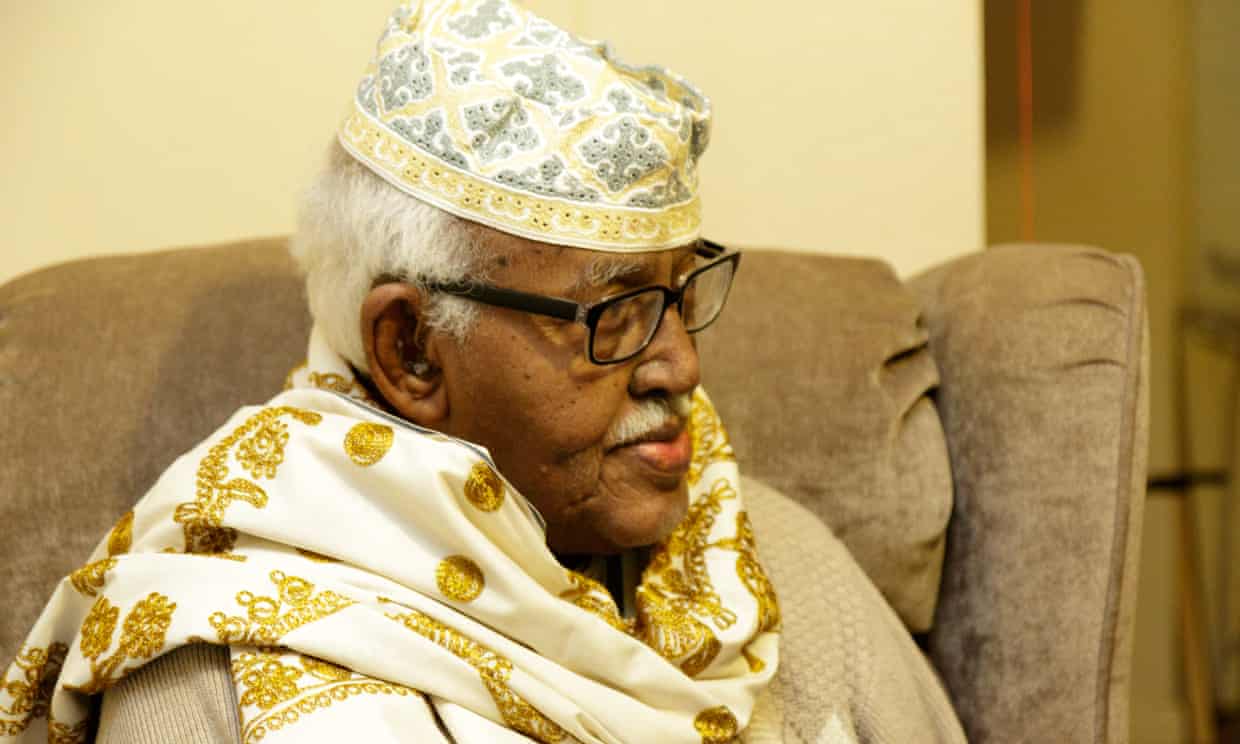
The elder. Photograph: Somali Faces
There is a huge difference in the way Somalis use the clan structure these days. We had a code of conduct back in the day.
For example, if a local from Hargeisa [in Somaliland] was travelling by car or horse all the way to [the Somalian capital] Mogadishu without food or water, the Somali clans he would meet on the way would supply him with provisions.
They would help him with tips and advice. They would never refuse him, that would be the biggest disgrace. He would be treated better as a traveller from a different clan than a local member from the area.
This was our code, before we acquired statehood in 1960. Now we have pure tribalism devoid of rationality.
‘We’ll make our country great again’: project shows true face of Somalis
From the boy who wants peace to the activist who lost her legs in a landmine blast, their stories challenge stereotypes. Global Voices report

A Somali boy jumps between old fishing boats near Mogadishu’s harbour.
Photograph: Handout/Reuters
Ndesanjo Macha for Global Voices, part of the Africa network
Tuesday 19 April 2016 10.33 EDT Last modified on Tuesday 19 April 2016 12.04 EDT
For many people it is easy to stereotype Somalis as agents of terrorism, annoying refugees, gun-wielding pirates or competing warlords. Not the peaceful, resilient people they really are, say the team behind Somali Faces – an online project highlighting the everyday stories of Somalis around the world.
Ever since the civil war broke out in 1991, millions of Somalis have sought refuge abroad. Some stayed in the region, others made their way to Europe and continue to do so.
On Monday, up to 200 Somali refugees were reported to have drowned in a boat crossing the Mediterranean on the way to Greece.
The United Nations refugee agency said “hopes of greater stability” have led to waves of refugees returning to Somalia, but a further 1 million remain internally displaced, mostly in the south, which has been blighted by violence at the hands of Islamist militant group al-Shabaab.
Loss and hope
Somalis live to tell powerful stories – of loss but also of hope, say the duo behind the project, who have been sharing people’s stories in English and Somali but say they want to withhold their contributors’ names for now.
Donia Jamal Adam is a human rights advocate and campaigner, and Mohammed Ibrahim Shire is an author and PhD student. Both are also amateur photographers.
They have two objectives: to reconstruct the global image of Somalis by challenging tired stereotypes, and to encourage fellow Somalis to rise above tribalism.
Adam and Shire curated the project by visiting and talking to Somalis across the globe, from the residents of the autonomous republic of Somaliland to the diaspora, and found that “every Somali – toddler or a centenarian – has a story to tell”.
The next generation: ‘We’ll make Somalia great again’

The next generation. Photograph: Somali Faces
My biggest ambition is to make my country great again. I’ve seen pictures of how Somalia used to be before I was born, before the destruction. How could it have disappeared?
I ask myself why I wasn’t born in the generation enjoying peace. Then I think that it can be rebuilt and it makes me smile. I want my generation to be the ones to make Somalia great again. God willing.
Mogadishu, Somalia
The female student: ‘We are are not just baby-making machines’

The female student. Photograph: Somali Faces
Somali girls usually follow one of three routes: they shun education and get married young, they risk their lives trying to get to Europe, or waste time until their wedding day.

The blind girl. Photograph: Somali Faces
My family, and others I interacted with, didn’t really know how to raise, or approach, a blind girl.
During my younger years, we lived in a village called Higlale, close to a large well, and one morning I accompanied my mother to collect water.
Two figures approached, they turned out to be a distant aunt and her son. My aunt said: “Who is this beautiful girl sitting next to you... is she the blind girl?” Over the years I have got used to that term.
The son sat next to me and patiently told me the names and the colours of the flowers I was holding – although I’ve never seen them, I love how they feel in my hands. No one had ever done that for me before.
From that day we spent a lot of time together. I fell in love with him but it took years to pluck up the courage to say it. When I did he replied: “How is it possible for you to love ... you are blind and can’t see me?”
Hargeisa, Somaliland
The migrant: ‘Money comes and goes but knowledge lasts forever’

The migrant. Photograph: Somali Faces
A close friend and I decided to leave the capital Mogadishu and travel the usual path: from Ethiopia, Sudan, Libya and then into Europe.
But we ran out of money and got stranded in Ethiopia. I was broke, couldn’t speak Amharic. I had very little money left but decided to buy a Somali-English dictionary. Every day I studied 20 words and within two months I was able to understand news programmes in English.
One day, I met an American who wanted to learn Somali and we agreed that he would pay me 50 Ethiopian birr (£1.65) every half an hour of teaching. He tested it on a trip to the Ethiopia-Somali region and returned praising me profusely and offered me a good job. Money comes and goes but knowledge lasts forever.
London, UK
The activist: ‘I was the first Somali to have artificial legs fitted’

The activist. Photograph: Somali Faces
I was six years old when I went out to play with my friends. We didn’t have much so we scanned the place for objects that we could play with. I found a metal object that was beautifully shaped but it got hot so I chucked it away, throwing it in the air and giving it a kick. It blew up and I fell unconscious.

The elder. Photograph: Somali Faces
There is a huge difference in the way Somalis use the clan structure these days. We had a code of conduct back in the day.
For example, if a local from Hargeisa [in Somaliland] was travelling by car or horse all the way to [the Somalian capital] Mogadishu without food or water, the Somali clans he would meet on the way would supply him with provisions.
They would help him with tips and advice. They would never refuse him, that would be the biggest disgrace. He would be treated better as a traveller from a different clan than a local member from the area.
This was our code, before we acquired statehood in 1960. Now we have pure tribalism devoid of rationality.
‘We’ll make our country great again’: project shows true face of Somalis